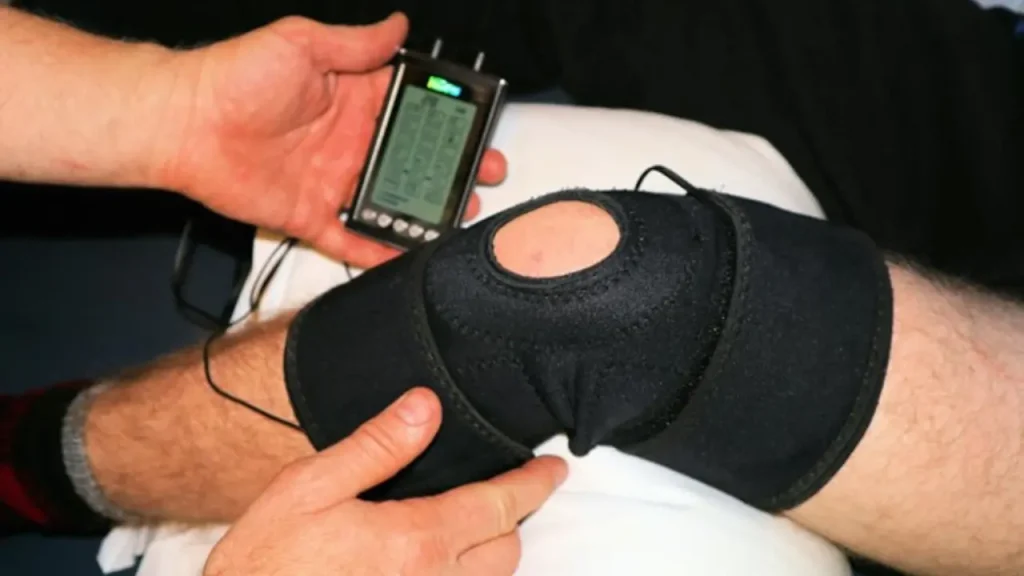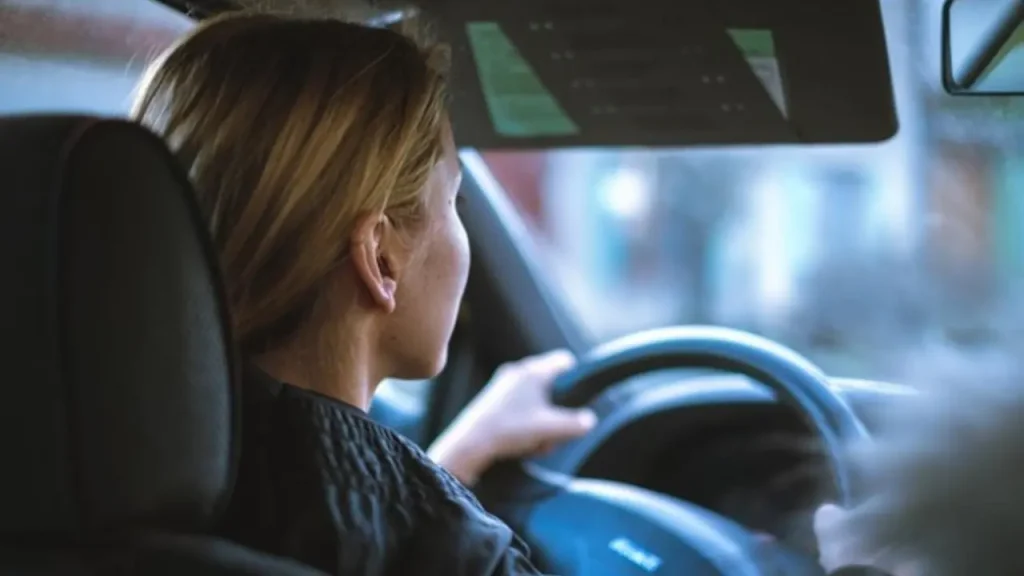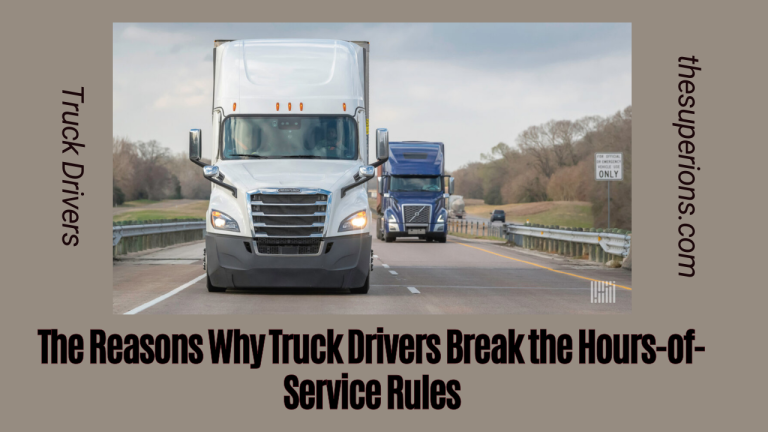Tips for Getting Behind the Wheel Again After Dealing With a Traumatic Accident
Steering through the curves of life after a traumatic accident can be a daunting challenge, especially when it involves regaining the confidence to get back behind the wheel; the road to recovery is unique for each individual, encompassing not only the physical setbacks but also the emotional hurdles that must be overcome. In this article, we will guide you through the journey from the passenger seat to taking control of the wheel again, armed with invaluable advice and a roadmap to renewed self-reliance.

People Also Read?
Gradual Reintroduction to Driving
Returning to driving can be a significant hurdle for those recovering from a traumatic accident. To ensure safety and rebuild confidence, it’s essential to approach this transition with patience and methodical steps. A practical approach involves starting with short, less challenging drives during quieter times of the day to readjust to the driving experience gradually.

Some individuals may find it beneficial to engage a driving rehabilitation specialist who can provide personalized guidance and reassurance throughout the process. These professionals are adept at assessing one’s readiness to drive and can offer strategies to manage any lingering apprehension or physical limitations. Their insight often proves invaluable in navigating the path back to driving independence.
Occupants’ psychological readiness is crucial in the gradual reintroduction to driving post-accident. Activities such as visualization exercises and controlled breathing can be instrumental in managing stress and anxiety. These techniques can transform one’s mindset, fostering a more positive and focused approach when reacquainting oneself with the driver’s seat.
Volkswagen dealerships can be strong allies in the journey towards reclaiming driving freedom. Organizing workshops or distributing educational materials on adaptive driving technologies offers crucial support to individuals transitioning back to driving. A straightforward internet search like Volkswagen dealer Chicago, can provide you with the necessary information to find the nearest Volkswagen dealership in your area.
People Also Read?
Seeking Professional Support and Resources
Navigating the tumultuous waters of recovery after a vehicular mishap often necessitates assistance beyond what friends and family can offer. Engaging with specialists who grasp the intricate legal and emotional challenges can profoundly impact one’s journey to normalcy. Many turn to a car accident law firm, seeking expertise that can safeguard their rights while offering much-needed solace.

Legal professionals specialize in outlining the paths ahead and clarifying the labyrinth of insurance claims and potential legal proceedings. Their knowledge is a beacon, guiding individuals through each stage with precision and grounding advice. It’s their role to untangle the complexities of the law, ensuring clients fully understand their position and options.
For emotional support, mental health professionals stand ready to assist with resources for coping and managing trauma-based anxiety. Addressing lingering fears and the trepidation of returning to driving is paramount. Counselors can provide tailored strategies for rebuilding confidence and returning to the road with a sense of security.
Although physical healing is paramount, it is but one aspect of the convalescence process after an accident. Occupational therapists and physiotherapists contribute to regaining mobility and daily function. Their insight can facilitate a smooth transition back into the driver’s seat, equipped with physical resilience and adaptability.
Physical Rehabilitation and Driving Adaptations
Physical rehabilitation is critical for regaining driving proficiency after trauma. Tailored exercises to improve coordination, strength, and flexibility can significantly enhance a driver’s operational control over a vehicle. Occupational therapists often prescribe specific regimens that address the physical demands of driving and accelerate the journey to full recovery.

Vehicular adjustments provide a practical solution for those facing mobility restrictions after an accident. Technological advancements in adaptive driving equipment allow the customization of vehicles to meet individual needs, ranging from hand controls to wheelchair accessibility features. These adaptations cultivate an environment where drivers can maneuver safely and easily, regardless of physical limitations.
People Also Read?
Close coordination with medical professionals ensures that the transition to driving aligns with one’s healing trajectory. Physicians and rehabilitation specialists have the expertise to recommend when and how to reintegrate driving into a patient’s life, balancing the desire for autonomy with the primacy of safety. Their approval is an important milestone, signaling readiness for the driver to resume their place on the road.
Altogether, the journey of reclaiming driving independence after a traumatic accident is multifaceted, encompassing physical, emotional, and legal aspects. By gradually reintroducing oneself to driving, seeking professional support, and engaging in physical rehabilitation, individuals can navigate this challenging path with resilience and ultimately regain confidence behind the wheel.





